In a world where the click of a button can send products hurtling across continents, mastering the complexities of a shipping process workflow has become the linchpin of business success. It’s the invisible thread that weaves through the heart of commerce, connecting products with people.
This exploration is not just for the logistics aficionado but for every business looking to carve a niche in the sprawling marketplace of today. Embark on this journey with us as we unravel the intricacies of the shipping process workflow, a crucial element for businesses aiming to streamline operations, improve customer satisfaction, and secure a competitive edge. Whether you’re laying the groundwork for a new venture or fine-tuning an established shipping strategy, understanding the shipping and receiving process workflow is your first step towards logistics mastery.
What Is a Shipping Process Workflow?
A shipping process workflow is an organized sequence of actions implemented to ensure that products or goods are delivered to customers efficiently and on time.
It outlines the end-to-end process, from receiving an order to delivering it to the customer, including critical steps such as inventory management, order packing, and shipment. Although each business’s shipping workflow may vary slightly, the core objective remains consistent: to streamline the delivery process, enhancing both speed and reliability of shipments. This systematic approach is vital for businesses to satisfy customer expectations and maintain a competitive edge in the marketplace.
WareSpace is at the forefront of revolutionizing shipping workflows for small and medium-sized businesses. Our shared warehouse solutions not only offer storage space but also empower businesses to run their operations effectively, ensuring products are delivered with unparalleled efficiency and speed. Book a tour with WareSpace today and transform your shipping strategy into a competitive advantage.
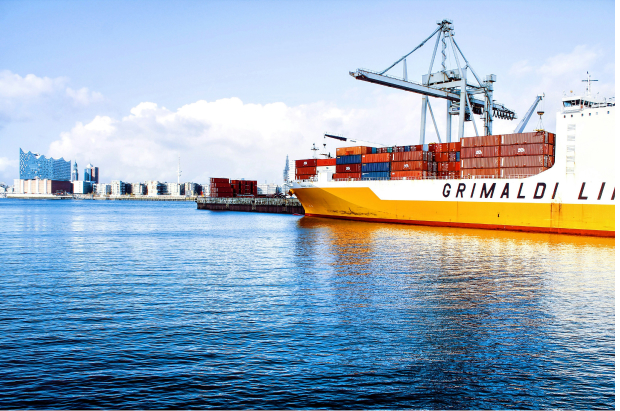
Key Components of a Shipping Process Workflow
The journey from warehouse shelf to customer doorstep is a complex one, involving a series of carefully coordinated steps known as the shipping process workflow. For small and medium-sized businesses, mastering this flow is essential for meeting customer expectations and driving satisfaction.
In this section, we dissect each stage of the shipping process, providing insights into the meticulous operations that ensure every order is handled with precision and care. From the moment a product arrives at the warehouse to the final delivery confirmation, we’ll explore how each step is an integral part of a seamless shipping experience.
Here is a step-by-step breakdown of the shipping process:
1. Product Received
Upon arrival, each product undergoes a rigorous inspection to verify both quality and quantity against the original purchase order. This step is crucial for ensuring that every item meets the company’s high standards and accurately matches what was ordered, safeguarding against discrepancies that could impact inventory accuracy and customer satisfaction. This process might involve scanning barcodes, checking for damage, and verifying product specifications to ensure every item is ready for the next step in the supply chain.
2. Product Stored
After inspection, items are carefully organized and stored within the warehouse. This involves placing goods in designated locations where they can be easily accessed for order fulfillment. Efficient storage solutions, such as racking systems and bin locations, are utilized to optimize space and preserve product integrity. The precise location of each product is logged into an inventory management system, enabling quick retrieval and reducing the time it takes to process orders.
3. Order Received in the Shipping Platform
The moment a customer places an order, it is captured by the shipping platform. This digital record is critical for order tracking and management, serving as the foundation for the entire fulfillment process. The platform consolidates orders to streamline the picking process, ensuring that warehouse staff have all the necessary information, including order priority and special handling instructions, to begin fulfillment without delay.
4. Pick List Generated
A detailed pick list is then generated by the system, specifying the exact locations of the products within the warehouse. This document guides the warehouse team directly to the items needed for each order, optimizing the picking process by minimizing travel time and errors. The pick list often includes information such as item quantities, bin numbers, and special considerations, ensuring that the correct items are collected efficiently.
5. Packing
Once collected, items are meticulously packed for shipment. This step involves selecting the appropriate packaging materials to protect the contents during transit and accommodate any custom packaging requests from the customer, such as gift wrapping or branded packaging. Additional materials, including bubble wrap, packing peanuts, or air pillows, are used as needed to ensure items arrive in perfect condition. Promotional inserts or special instructions are also included at this stage.
6. Postage Purchased, Label Generated
With the package ready, its weight and dimensions are used to calculate postage, which is then purchased from the selected carrier. A shipping label, complete with the recipient’s address and a tracking number, is generated and securely affixed to the parcel. This label is crucial for both logistical control and providing customers with the ability to track their orders in real-time.
7. Shipped
The prepared packages are dispatched through the chosen shipping channels, selected based on delivery speed requirements and destination. This could range from standard ground shipping to expedited or international options. The departure of the package is meticulously recorded in the system, triggering notifications to customers with tracking information, allowing them to follow their order’s journey to their doorstep.
8. Package Arrives
The final milestone in the shipping process workflow is the successful delivery of the package to the customer. Upon delivery, automated systems notify the customer of their package’s arrival, marking the completion of the shipping process. This notification often invites feedback or provides instructions for any necessary follow-up, ensuring customer satisfaction and closing the loop on the shipping process with a positive end-user experience.
These steps illustrate the intricate operations behind a seamless shipping experience, emphasizing the importance of mastering this flow for customer satisfaction.
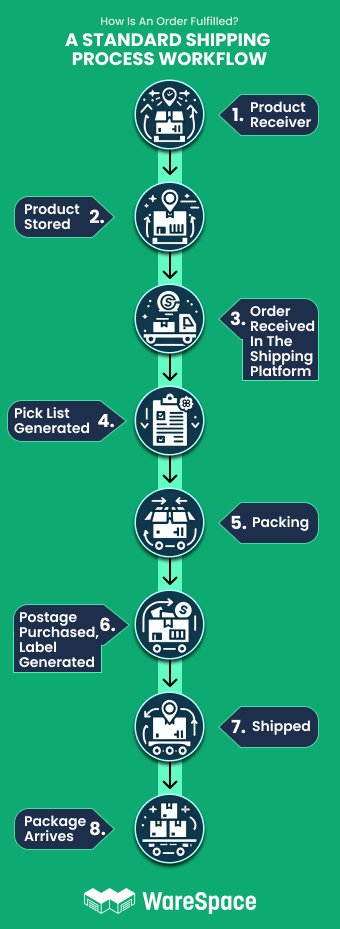
Challenges in the Shipping Process and How to Overcome Them
The journey from warehouse to doorstep is fraught with challenges that can disrupt the smooth sailing of your shipping process. From inventory discrepancies that throw off stock levels to delayed shipping times that test customer patience, and order mismanagement that can lead to unhappy customers, each hurdle requires a strategic approach to overcome. Here’s how businesses can navigate these waters with precision and agility.
Inventory Discrepancies
Problem:
A mismatch between actual stock and inventory records can lead to stockouts, backorders, and unhappy customers.
Solutions:
- Implement Real-time Inventory Tracking: Use technology that updates inventory levels in real-time as orders are processed and stock is received or returned.
- Regular Audits: Conduct regular physical counts and reconcile them with inventory records to catch and correct discrepancies early.
- Integrated Systems: Ensure your inventory management system is integrated with your sales channels to automatically adjust stock levels as orders are placed.
Delayed Shipping Times
Problem:
Delays in order fulfillment and shipping can damage your brand’s reputation and customer loyalty.
Solutions:
- Optimize Warehouse Layout: Arrange your warehouse efficiently to minimize the time it takes to pick and pack orders.
- Automate Where Possible: Use automation tools for tasks like order picking, packing, and shipping label generation to speed up the process.
- Reliable Shipping Partners: Work with reliable shipping carriers and have contingency plans for peak times or unexpected delays.
Order Mismanagement
Problem:
Incorrect orders, mishandling, and processing errors can lead to returns, exchanges, and dissatisfied customers.
Solutions:
- Streamlined Order Processing: Implement a streamlined order processing system that reduces manual handling and the potential for errors.
- Quality Control Checks: Introduce quality control checks at various stages of the order fulfillment process to ensure accuracy and integrity of shipments.
- Staff Training: Invest in comprehensive training programs for your staff to ensure they understand the importance of accuracy and efficiency in order fulfillment.
Embracing Technology
Across all these challenges, the implementation of advanced technology solutions stands out as a critical enabler of efficiency and accuracy. Investing in a robust shipping and receiving process workflow platform can automate many of the manual tasks that slow down the shipping process and lead to errors. Features like smart barcode scanning, automated picking lists, and real-time tracking can dramatically improve the efficiency of your operations.
Adopting a mindset of continuous improvement is vital. Regularly review your shipping processes, solicit feedback from customers and staff, and be willing to adapt and evolve your strategies. This proactive approach ensures that your shipping operations can meet the demands of a dynamic market and continue to provide value to your customers.
By addressing these challenges with a combination of technology, training, and strategic planning, businesses can enhance their shipping process workflow, resulting in happier customers and a more robust bottom line.

The international shipping process flow chart
Navigating the complexities of international shipping can be daunting. Beyond the basic steps of the shipping process, international shipments involve additional layers like customs clearance and adherence to specific regulations that vary from country to country, and sometimes, even between carriers.
When shipping products across borders, businesses must engage with a network of certified export haulage, origin handlers, and cross-border transportation methods including trucks, flights, or ocean freight. The workflow may encounter unique disruptions, especially if the goods being shipped fall under restricted categories. Commonly prohibited items can range from lithium-ion batteries and explosives to seemingly benign goods like certain fruits, vegetables, and nail polish.
Restrictions not only differ by country but can also be specific to the carrier. It’s essential to check with your delivery partners to ensure compliance with international shipping regulations. If one partner can’t carry your shipment, another might be able to accommodate your needs.
Choosing a third-party logistics provider for international shipping requires careful vetting. Ask for references and verify their reputation to avoid shortcuts that could compromise your shipment. A cautionary tale involves the brand Frostbite, whose orders were consolidated into a single crate by an unscrupulous provider, resulting in all items being mistakenly delivered to one address.
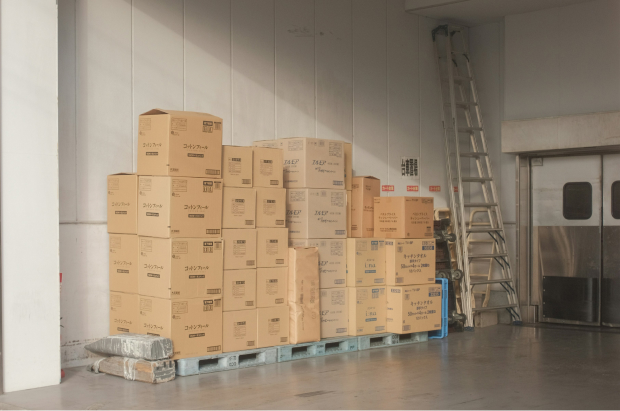
Key Steps in International Shipping:
- Export Customs Clearance: Ensuring all goods meet the export regulations and are cleared for departure from the origin country.
- Export Haulage: The movement of goods from the shipper’s premises to the origin port or terminal.
- Origin Handling: The process of unloading, inspecting, and validating the cargo at the origin port or terminal.
- Ocean Freight or Alternative Transportation: The transfer of goods via ocean freight, airfreight, or overland to the destination country.
- Destination Handling: Handling of cargo at the destination port, including unloading and transfer to the destination warehouse or terminal.
- Import Customs Clearance: Compliance with the destination country’s import regulations and securing clearance for the goods to enter the country.
- Import Haulage: The final delivery of goods to the consignee’s premises.
For businesses operating within North America, it’s important to note the United States-Mexico-Canada Agreement (USMCA) that came into effect in July 2020, replacing NAFTA. This new trade agreement mandates that shipments include a USMCA Certification of Origin among other US customs forms.
Understanding these steps and preparing for the intricacies involved is vital for a seamless international shipping process. Here’s a visual representation of the flow chart that can help you visualize the journey of an international shipment.

Benefits of an Efficient Shipping Process Workflow
Streamlining the shipping process is crucial for enhancing customer satisfaction, reducing errors, and cutting operational costs. By focusing on the three pillars of the iron triangle—quality, speed, and cost—businesses can adjust their shipping workflows to meet diverse customer needs efficiently, even when working with third-party logistics partners. Below, we delve into ways to improve each aspect of your shipping process.
Improve your shipping quality:
- Quality Control from the Source: Regular visits to your warehouse or your partner’s facility can provide firsthand insight into the quality of operations, helping to maintain high standards.
- Maintain a Workflow Log: Keeping a detailed log of the shipping process can highlight successes and pinpoint areas for improvement, providing valuable data for enhancing quality.
- Leverage Automation: Implementing barcode scanners, RFID scanners, and even robotics can significantly reduce the margin for human error.
- Red-Team Your Process: Act as your own customer to experience your shipping process firsthand, from ordering to unboxing, to identify any gaps in quality.
- Invest in Your Team: A well-supported and motivated workforce is more likely to perform better, leading to fewer mistakes and higher quality shipping experiences.
- Optimize with Small Warehouse Space: Small warehouse spaces, like those offered by WareSpace, allow for more controlled, organized, and efficient handling of goods. This can lead to a more personalized quality control process, ensuring that products are stored correctly, handled with care, and shipped out in pristine condition, reflecting the high standards of your brand.
Improve your workflow speed:
- Dimensional Weight Shipping Costs: Automatically calculating shipping costs based on dimensional weight can streamline the packing process, increasing efficiency by up to 20%.
- Warehouse Automation: Invest in technologies that save time, such as barcode or RFID scanners, fleet tracking apps, and warehouse automation tools.
- Simplify Packaging: Reevaluate your packaging process to eliminate unnecessary steps and materials, which can also contribute to cost savings.
- Strategic Item Placement: Organize your warehouse to group commonly paired items together, making the picking and packing process faster and more efficient.
Improve your workflow cost:
- Multiple Shipping Options: Offering a range of shipping options allows customers to choose between cost and speed, accommodating their individual needs and expectations.
- Vertically Integrated 3PL Services: Partnering with a 3PL that operates its own fleet can provide more competitive shipping rates and streamline the delivery process.
Implementing these strategies can transform your shipping process workflow into a robust system that delivers on quality, speed, and cost, ultimately leading to a better bottom line and more satisfied customers.
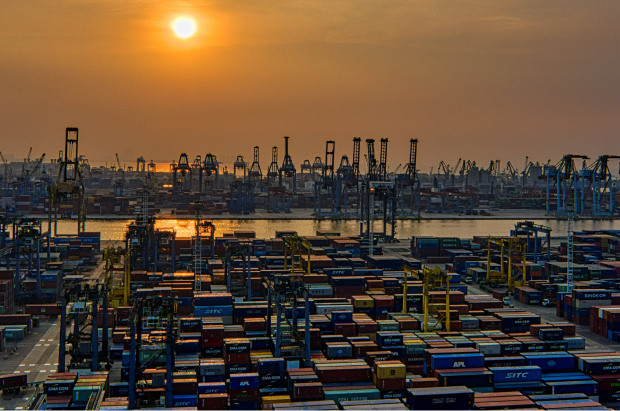
The Role of Small Warehouse Spaces in Optimizing Your Shipping Workflow
In the dynamic landscape of logistics and supply chain management, small warehouse spaces are becoming a game-changer for businesses looking to scale efficiently. WareSpace, with its innovative shared warehouse solutions, is at the forefront of this transformation, offering small and medium-sized businesses the agility and flexibility they need to excel in inventory management, order processing, and shipping.
Here’s a closer look at how these compact, versatile spaces can revolutionize your shipping workflow.
Tailored Inventory Management
Small warehouse spaces allow businesses to adjust their inventory storage based on seasonal demand, promotional activities, or market trends, ensuring they can scale up or down without the constraints of traditional, larger warehouses.
The confined space encourages more organized inventory systems, reducing the likelihood of errors in stock counts and making it easier to implement real-time tracking systems for precise inventory management.
Streamlined Order Processing
With a smaller footprint, warehouse operations can be streamlined, minimizing the distance items need to be moved from storage to the packing area, which accelerates the order fulfillment process.
Small warehouses can be customized to suit specific operational needs, allowing for optimized workflow designs that reduce processing times and improve employee productivity.
Quality Control and Efficient Handling
The compact nature of small warehouse spaces fosters a more meticulous approach to handling goods, ensuring that each order is packed with care and meets the company’s quality standards.
Any issues with inventory or order processing can be quickly identified and addressed, thanks to the closer oversight possible in a smaller space.
The strategic use of small warehouse spaces, especially in partnership with providers like WareSpace, offers businesses a competitive edge in the logistics and shipping domain. By enabling better inventory management, streamlined order processing, and enhanced quality control, these spaces are pivotal in crafting a shipping process that is both efficient and reliable.
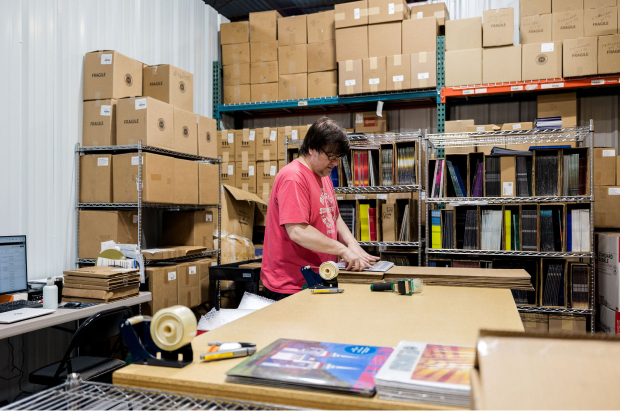
How WareSpace Can Help Small and Medium-Sized Businesses
WareSpace is dedicated to supporting small and medium-sized businesses through its shared small warehouse solutions. By engaging with WareSpace, businesses can access a range of services designed to enhance their shipping processes and improve client satisfaction. This final section outlines the steps for businesses to partner with WareSpace and the benefits of our innovative warehousing solutions.
In conclusion, mastering the shipping process workflow is essential for businesses seeking to thrive in the competitive marketplace. By understanding the key components, challenges, and international intricacies of shipping, and leveraging the benefits of efficient workflows and small warehouse spaces, businesses can significantly enhance their operational efficiency and customer satisfaction. WareSpace stands ready to empower your business with the tools and support needed to transform your shipping strategy into a formidable competitive advantage.Book a tour today!
Blog Info: Author – James Park Category – Shipping and Packaging Insights
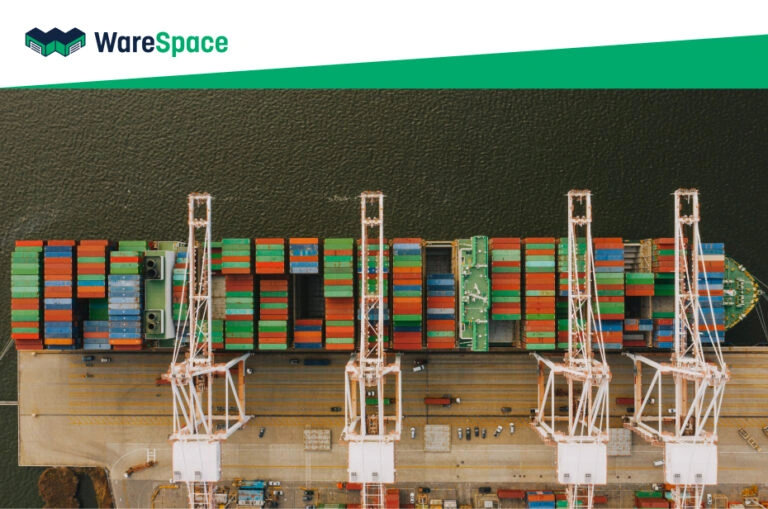
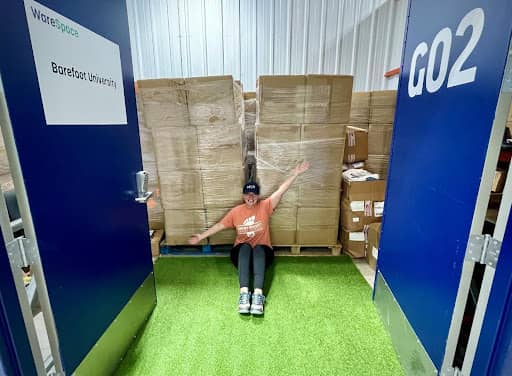


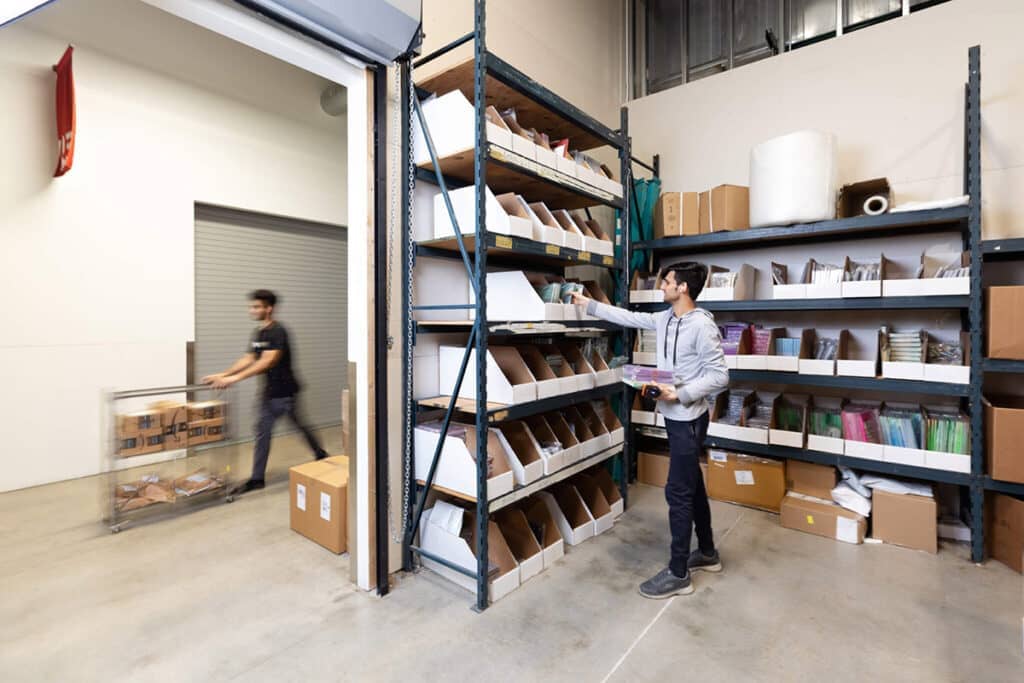
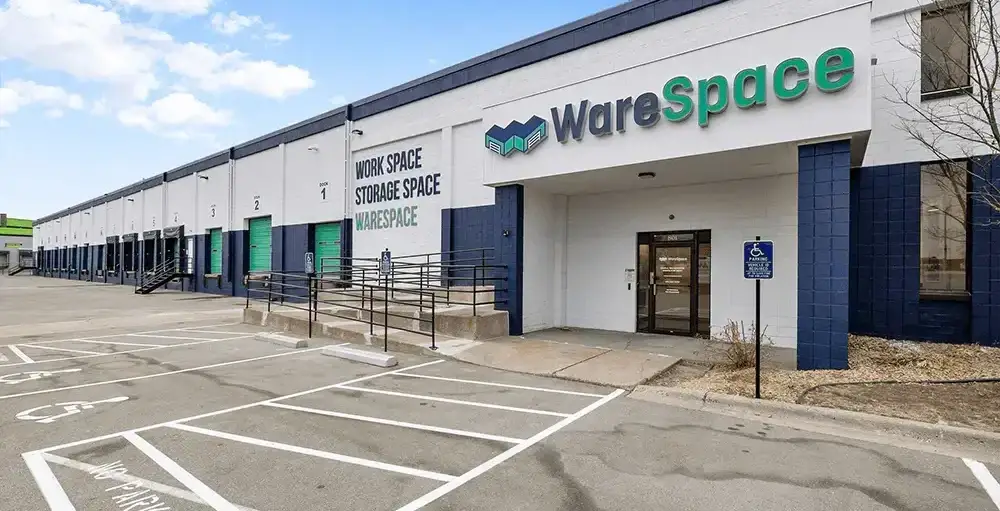
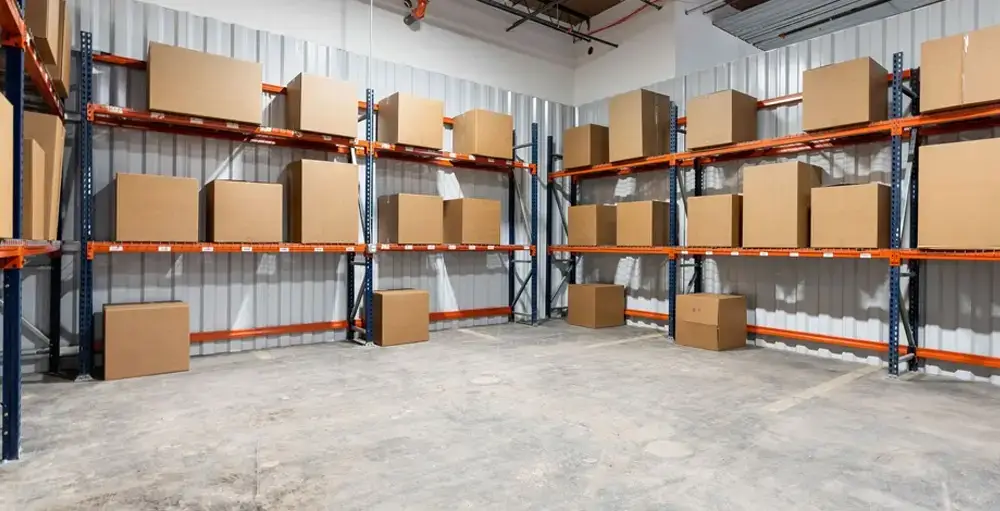
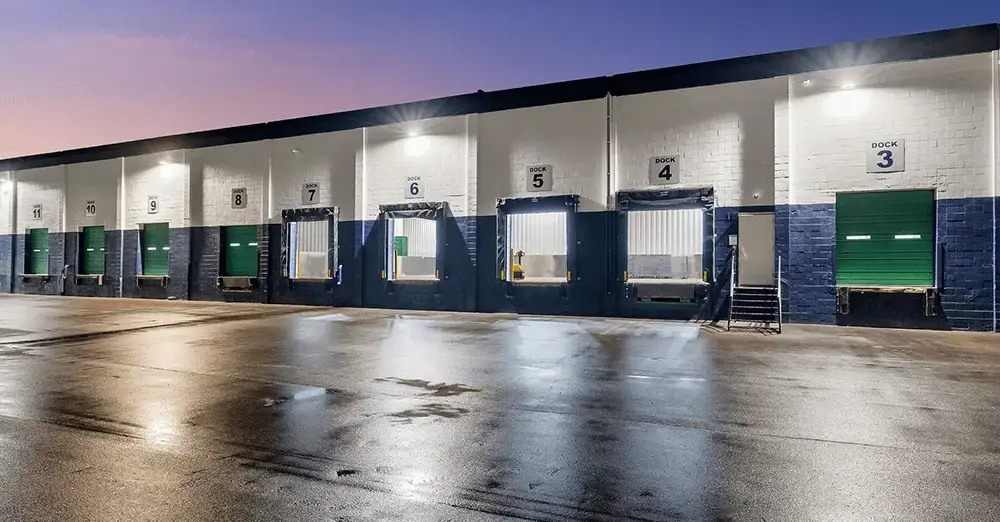
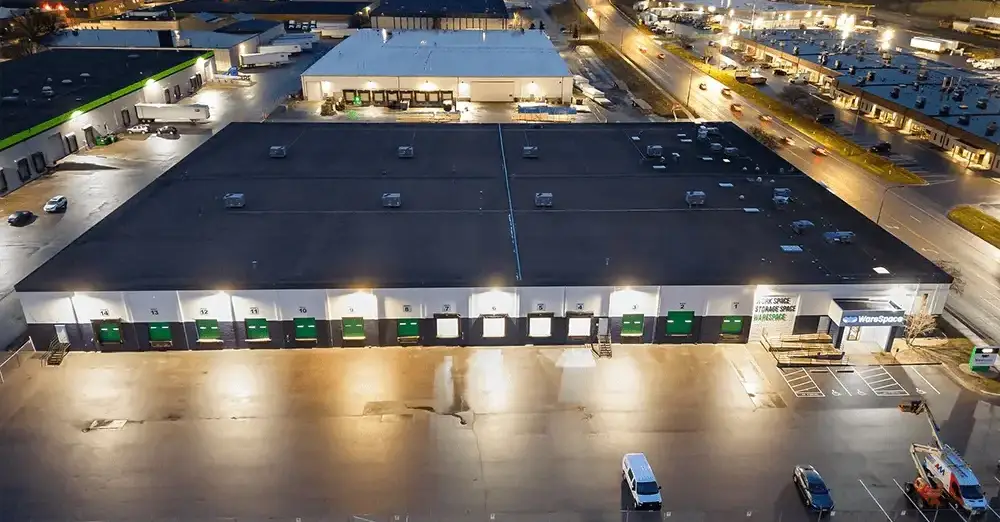











 ►
Explore 3D Space
►
Explore 3D Space